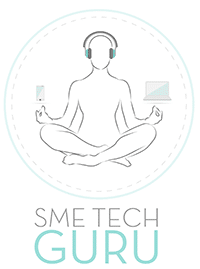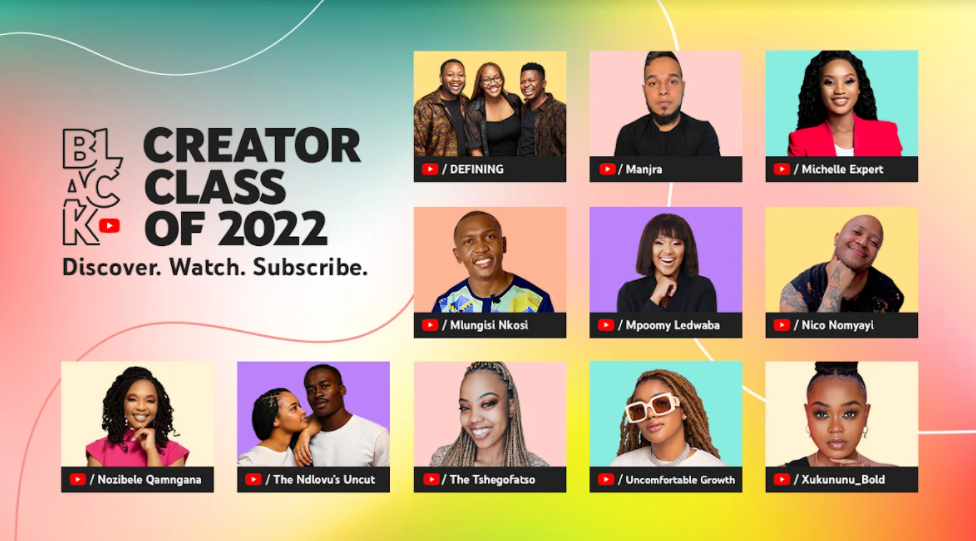Yesterday, YouTube hosted a Creator Day workshop in Johannesburg to help local creators scale and grow their channels, as part of the platform’s Africa month activities.
The workshop was aimed at sharing skills with aspiring and rising artists in sessions guided by industry specialists including some of the country’s leading content creators. Sessions focused on helping creators build their businesses sustainably, working with brands, and an introduction to using YouTube Shorts to further express their creativity.
The event is part of a series of events being held in South Africa, Kenya and Nigeria to mark Africa month, and spotlight the continent’s creative talent. To celebrate Africa Day on 25 May, YouTube will livestream the third edition of its popular Africa Day concert.
“Everything from Africa, from Afrobeats to fashion and beauty to the newest dance techniques, is making its way to YouTube and finding a following. YouTube is committed to providing a platform to share African culture with the world, and providing African creators with programmes and initiatives which will help them grow their channels, improve their craft and reach larger audiences,” says Zeph Masote, YouTube Lead for Southern Africa.
Data released in February shows that the South African creator ecosystem on YouTube is growing- with the percentage of YouTube channels making six figures or more (in ZAR), growing by 40% year on year. Over 300 South African channels boast a subscriber count of over 100 000. Over 65% of watch time on content produced by channels in South Africa, comes from outside of South Africa.
Over the years YouTube has demonstrated its commitment to helping African creators grow their channels and build their careers through initiatives like YouTube Black Voices which is aimed at boosting Black viewpoints on the platform, and NextUp, which provides 1 on 1 coaching, workshops and training for creators.
Masote says: “YouTube has played an essential role in the discovery and development of African sound, exporting African music to listeners all over the world. It brings people to a continent that outsiders may not have experienced for themselves, opening up the world of African music, culture, and dance – beyond just the sound.”


